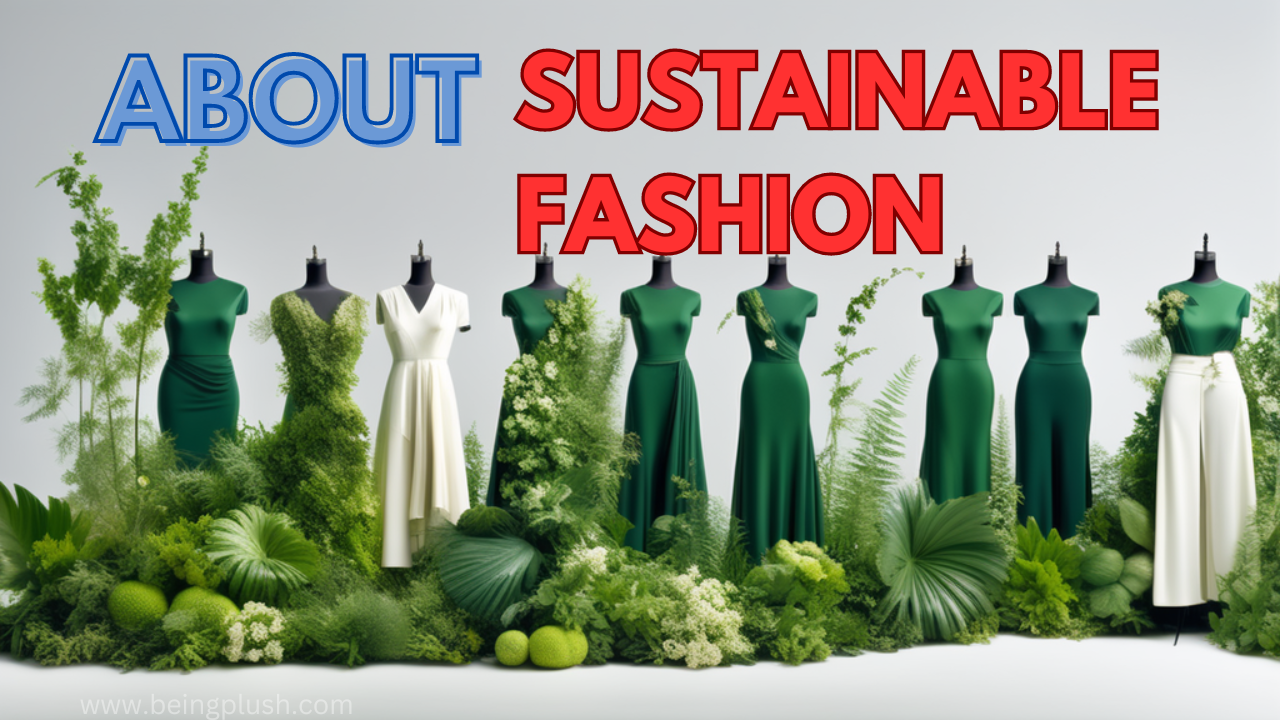A shift towards a more deliberate and sustainable approach to clothing has gained traction in a world where fast fashion fads come and go quickly. We call this approach “slow fashion.” In this in-depth article, we will examine the definition of slow fashion, its tenets, and the ways that adopting this perspective might help the fashion industry move towards a more ethical and sustainable future. wat is slow fashion
Defining Slow Fashion
1. What is Slow Fashion? wat is slow fashion
Slow fashion is an intentional and conscientious approach to clothing that puts durability, sustainability, and quality above trends and mass production. It highlights a more deliberate and contemplative interaction between consumers and clothing, empowering them to make educated decisions about what they wear and how those decisions affect society and the environment.
2. Key Principles of Slow Fashion
- Quality over Quantity: Slow fashion promotes the idea of investing in fewer, high-quality pieces that are made to last, as opposed to buying a large quantity of inexpensive, disposable items.
- Ethical and Sustainable Practices: It advocates for fair labour practices and environmentally friendly production processes, addressing the social and ecological impacts of fashion.
- Timeless Design: Slow fashion favours timeless, classic designs that transcend seasonal trends, reducing the pressure to constantly update one’s wardrobe.
- Local and Artisanal Production: Supporting local artisans and businesses is a central tenet of slow fashion. This helps reduce the carbon footprint associated with long-distance shipping and supports local economies.
The Impact of Fast Fashion

1. Environmental Consequences
- Waste Generation: Fast fashion contributes significantly to textile waste, with garments often discarded after only a few wears. This leads to overflowing landfills and environmental pollution.
- Resource Depletion: The rapid turnover of fashion trends demands a constant supply of raw materials, contributing to overconsumption of natural resources like water and energy.
2. Human Rights and Labour Issues
- Exploitative Practices: Fast fashion is often associated with exploitative labour practices, including low wages, unsafe working conditions, and a lack of workers’ rights.
- Fast Turnover: The pressure to produce quickly and inexpensively can lead to worker exploitation and compromise on the quality of working conditions.
Embracing Slow Fashion in Your Life

1. Building a Capsule Wardrobe
- Versatility: A capsule wardrobe consists of a curated collection of versatile, high-quality pieces that can be mixed and matched. This promotes mindful consumption and reduces the need for constant new purchases.
2. Supporting Sustainable Brands
- Research and Choose Wisely: When shopping, research and choose brands that prioritise sustainability, ethical practices, and transparency in their supply chain. Look for certifications such as Fair Trade or GOTS (Global Organic Textile Standard).
3. Secondhand and Vintage Shopping
- Reuse and Recycle: Secondhand and vintage shopping contribute to a circular fashion economy by extending the lifespan of garments. It’s an eco-friendly way to refresh your wardrobe without contributing to new production.
4. Learning Basic Sewing Skills
- Repair and Upcycling: Learning basic sewing skills allows you to repair damaged garments and get creative with upcycling projects, giving old clothes a new life.
Resources and Further Reading
1. Fashion Revolution
- Website: Fashion Revolution is a global movement advocating for a more transparent and ethical fashion industry. It provides resources, guides, and campaigns to promote change.
2. The True Cost Documentary
- Documentary: The True Cost is a documentary that explores the social and environmental impact of the fast fashion industry. It provides valuable insights into the consequences of our clothing consumption habits.
The Future of Fashion: A Slow Revolution

Embracing slow fashion, in summary, is a significant step towards the fashion industry’s goal of a more ethical and sustainable future. As consumers, we can collectively effect positive change by being aware of the effects of rapid fashion, comprehending the tenets of slow fashion, and making thoughtful decisions. Choosing clothes that are in line with our values and the health of the environment is what slow fashion advocates advocate, rather than simply following a fad. Quality, sustainability, and a more deliberate and conscientious approach to personal style should be our top priorities as we navigate the world of fashion. wat is slow fashion wat is slow fashion wat is slow fashion wat is slow fashion wat is slow fashion


